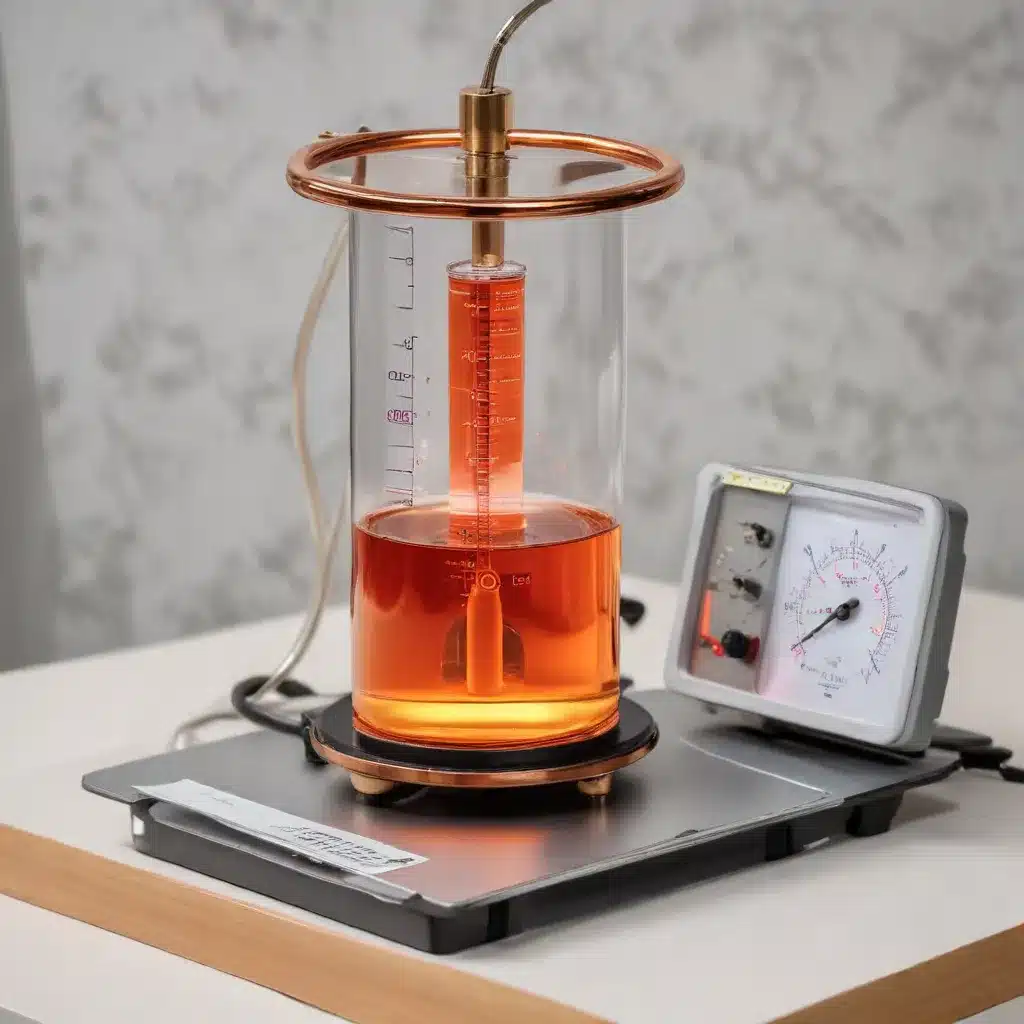
Understanding the Fundamentals of Heat Transfer
Heat is a fundamental concept in thermodynamics and plays a crucial role in various engineering applications, including air-cooled heat exchangers. To fully grasp the principles behind the design, operation, and optimization of air-cooled heat exchangers, it is essential to have a solid understanding of the different methods of heat transfer and the underlying principles of calorimetry.
Defining Heat and Temperature
Temperature is a measure of the average kinetic energy associated with the random motions of atoms and molecules within a substance. The higher the temperature, the greater the average kinetic energy of these particles. The overall energy associated with these random motions is known as thermal energy.
When two objects at different temperatures are brought into contact, thermal energy flows from the hotter object to the colder object. This transfer of thermal energy is defined as heat. Heat is measured in units of joules (J), with one calorie (cal) being the energy required to raise the temperature of one gram of water by one degree Celsius.
The Three Modes of Heat Transfer
There are three primary modes of heat transfer: conduction, convection, and radiation. Understanding these modes is crucial for designing and optimizing air-cooled heat exchangers, as they all play a role in the heat exchange process.
Conduction: Heat transfer through direct physical contact. Conduction occurs when heat flows from a region of higher temperature to a region of lower temperature within a material or between materials in direct contact.
Convection: Heat transfer by the movement of a fluid, such as air or water. Convection can be natural, where the fluid motion is driven by buoyancy forces, or forced, where the fluid is mechanically driven, such as by a fan or pump.
Radiation: Heat transfer through electromagnetic radiation, which does not require a physical medium. All objects emit and absorb electromagnetic radiation, and the rate of heat transfer by radiation depends on the objects’ temperatures and surface properties.
The Role of Specific Heat and Calorimetry
The amount of heat required to change the temperature of a substance is determined by its specific heat capacity, which is the amount of heat needed to raise the temperature of one kilogram of the substance by one degree Celsius (or Kelvin). Specific heat capacity is a fundamental property of materials and varies depending on the substance.
Calorimetry is the study of heat transfer and the measurement of heat. Calorimetry experiments can be used to determine the specific heat capacity of materials, as well as to understand phase changes and heat exchange processes. These principles are crucial for analyzing the performance and efficiency of air-cooled heat exchangers.
Understanding Adiabatic and Isothermal Processes
In the context of heat transfer and thermodynamics, it is important to distinguish between adiabatic and isothermal processes.
Adiabatic Process: A process in which there is no heat transfer between the system and its surroundings. In an adiabatic process, any change in the system’s internal energy is due solely to work done on or by the system.
Isothermal Process: A process in which the temperature of the system remains constant. In an isothermal process, any change in the system’s internal energy is due solely to heat transfer.
The differences between adiabatic and isothermal processes have significant implications for the design and operation of air-cooled heat exchangers. Adiabatic processes, for example, can be used to model the compression and expansion of gases within the heat exchanger, while isothermal processes can be used to model the heat exchange between the air and the heat exchanger surfaces.
Applying Heat Transfer Principles to Air-Cooled Heat Exchangers
Air-cooled heat exchangers rely on the principles of heat transfer to facilitate the exchange of thermal energy between a hot fluid (typically a process stream or coolant) and the surrounding air. The design and performance of these heat exchangers are heavily influenced by the different modes of heat transfer, specific heat capacities, and thermodynamic processes.
For instance, the use of fins in air-cooled heat exchangers is a way to enhance conductive and convective heat transfer, increasing the overall heat transfer rate. The choice of materials, surface coatings, and fin geometries can all impact the heat transfer characteristics and ultimately the efficiency of the heat exchanger.
Additionally, the airflow patterns and velocity profiles within the heat exchanger play a crucial role in the convective heat transfer, which is often enhanced through the use of fans or blowers. Carefully considering the balance between conductive, convective, and radiative heat transfer is essential for optimizing the performance of air-cooled heat exchangers.
By understanding the fundamental principles of heat transfer and calorimetry, engineers can design more efficient, reliable, and cost-effective air-cooled heat exchangers that meet the specific requirements of various industrial applications, from power generation and HVAC systems to chemical processing and transportation.
Conclusion
The study of heat transfer and calorimetry is a vital foundation for understanding the design, operation, and optimization of air-cooled heat exchangers. By mastering the concepts of temperature, heat, and the different modes of heat transfer, engineers can develop innovative solutions to improve the performance and efficiency of these critical heat exchange systems.
As an experienced expert in the field of air-cooled heat exchangers, I encourage you to continue exploring these principles and their practical applications. Stay tuned for more detailed insights and practical tips on enhancing the performance of air-cooled heat exchangers in our next article.

